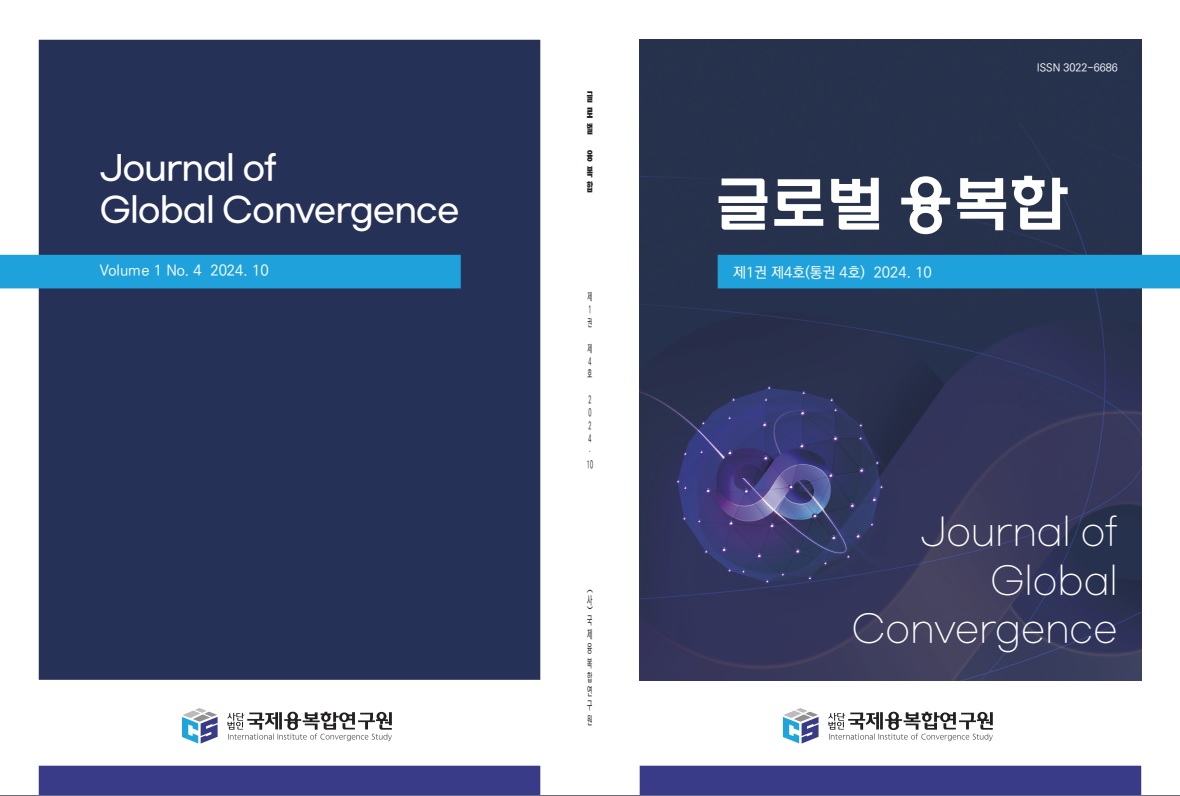하이브리드 전쟁 시대의 해저 케이블 안보: 민간 활동을 위장한 의도적 손상과 국제협력 강화 방안
Undersea Cable Security in the Age of Hybrid Warfare: Intentional Damage Disguised as Civilian Activities and Enhanced International Cooperation Mechanisms
저자
박순식
수록페이지
p.320-331 (12pages)
조회수
8
다운로드
0
- 창간연도
- 2024년 1월
- ISSN
- (Print)3022-6686 , (Online)3022-6651
- 수록권호
- 제2권 2호 (통권 6호)
- 발행일
- 2025.04
- 수록논문
- 29 articles
- 유형
- 학술저널
- 주제
- 사회과학, 자연과학, 예술체육학, 복합학
- 발행기간
- 2024.01 ~ 2025.04
- 발행주기
- 연 4회(계간)
- 총 권호 수
- 5 volumes
- 총 논문 수
- 76 articles

키워드
하이브리드 전쟁, 해저 케이블, 회색지대 전략, 해양안보, 국제협력Hybrid Warfare, Submarine Cables, Gray Zone Strategy, Maritime Security, International Cooperation
초록
본 연구는 하이브리드 전쟁 시대에 중요 전략 자산으로 부상한 해저 케이블에 대한 안보 위협을 분석하고, 그 대응방안을 모색하였다. 전 세계 데이터 트래픽의 95% 이상을 전송하는 해저 케이블은 현대 사회의 신경망으로 기능하지만, 물리적·지정학적 취약성으로 인해 하이브리드 전략의 주요 표적 이 되고 있다. 특히 본 연구는 대만 해협, 발트해, 노르웨이 북극 지역에서 발생한 주요 사례를 검토하 여 민간 어선이나 상선 활동을 위장한 의도적 케이블 손상 행위의 패턴과 특성을 분석하였다. 이러한 행위는 부인 가능성을 보장하며 행위자의 식별과 책임 규명을 극도로 어렵게 만드는 특징을 보인다. 연구 결과, 현행 유엔해양법협약(UNCLOS) 체제는 국가가 배후에 있는 위장된 케이블 손상에 효과적 으로 대응하기에 명백한 한계를 가지고 있으며, 이는 법적 공백, 집행 메커니즘 부재, 해석적 모호성 등에서 기인함을 확인하였다. 이에 본 연구는 강화된 정보 공유 체계, 공동 귀속 메커니즘, 합의된 대 응 프로토콜, 법적 프레임워크 강화, 역량 구축 지원 등을 포함한 포괄적 국제협력 프레임워크를 제안 하였다. 이 프레임워크는 법률적, 기술적, 외교적 도구를 유기적으로 통합함으로써 하이브리드 위협으 로부터 해저 케이블을 효과적으로 보호하는 데 기여할 수 있을 것이다.This study analyzes security threats to submarine cables as strategic assets in the age of hybrid warfare and explores response measures. Submarine cables, which transmit over 95% of global data traffic and function as the neural network of modern society, have become primary targets of hybrid strategies due to their physical and geopolitical vulnerabilities. This research examines major incidents in the Taiwan Strait, Baltic Sea, and Norwegian Arctic regions to analyze patterns and characteristics of intentional cable damage disguised as civilian fishing or commercial vessel activities. These actions guarantee plausible deniability and make it extremely difficult to identify perpetrators and establish accountability. The findings reveal that the current United Nations Convention on the Law of the Sea (UNCLOS) framework has clear limitations in effectively responding to state-sponsored disguised cable damage, stemming from legal gaps, absence of enforcement mechanisms, and interpretative ambiguities. Consequently, this study proposes a comprehensive international cooperation framework that includes enhanced information sharing systems, joint attribution mechanisms, agreed response protocols, strengthened legal frameworks, and capacity-building support. This framework integrates legal, technical, and diplomatic tools to effectively protect submarine cables from hybrid threats.
참고문헌 (0)
- 이전논문저출산 시대 MZ세대 해군 간부의 함정근무 환경과 복무 지속성에 관한 연구 A Study on Naval Vessel Working Environment and Service Continuity of MZ Generation Naval Officers in the Era of Low Birth Rate 2025.04
- 다음논문ComparativeStudyofDroneUtilizationStrategies andResponseDoctrinesinGreyZoneConflicts: FocusingonMaritimeandBorderRegionsComparativeStudyofDroneUtilizationStrategies andResponseDoctrinesinGreyZoneConflicts: FocusingonMaritimeandBorderRegionsComparativeStudyofDroneUtilizationStrategies andResponseDoctrinesinGreyZoneConflicts: FocusingonMaritimeandBorderRegionsComparativeStudyofDroneUtilizationStrategies andResponseDoctrinesinGreyZoneConflicts: FocusingonMaritimeandBorderRegionsComparativeStudyofDroneUtilizationStrategies andResponseDoctrinesinGreyZoneConflicts: FocusingonMaritimeandBorderRegionsComparativeStudyofDroneUtilizationStrategies andResponseDoctrinesinGreyZoneConflicts: FocusingonMaritimeandBorderRegionsComparativeStudyofDroneUtilizationStrategies andResponseDoctrinesinGreyZoneConflicts: FocusingonMaritimeandBorderRegionsComparativeStudyofDroneUtilizationStrategies andResponseDoctrinesinGreyZoneConflicts: FocusingonMaritimeandBorderRegions 2025.04
 (사)국제융복합연구원
(사)국제융복합연구원